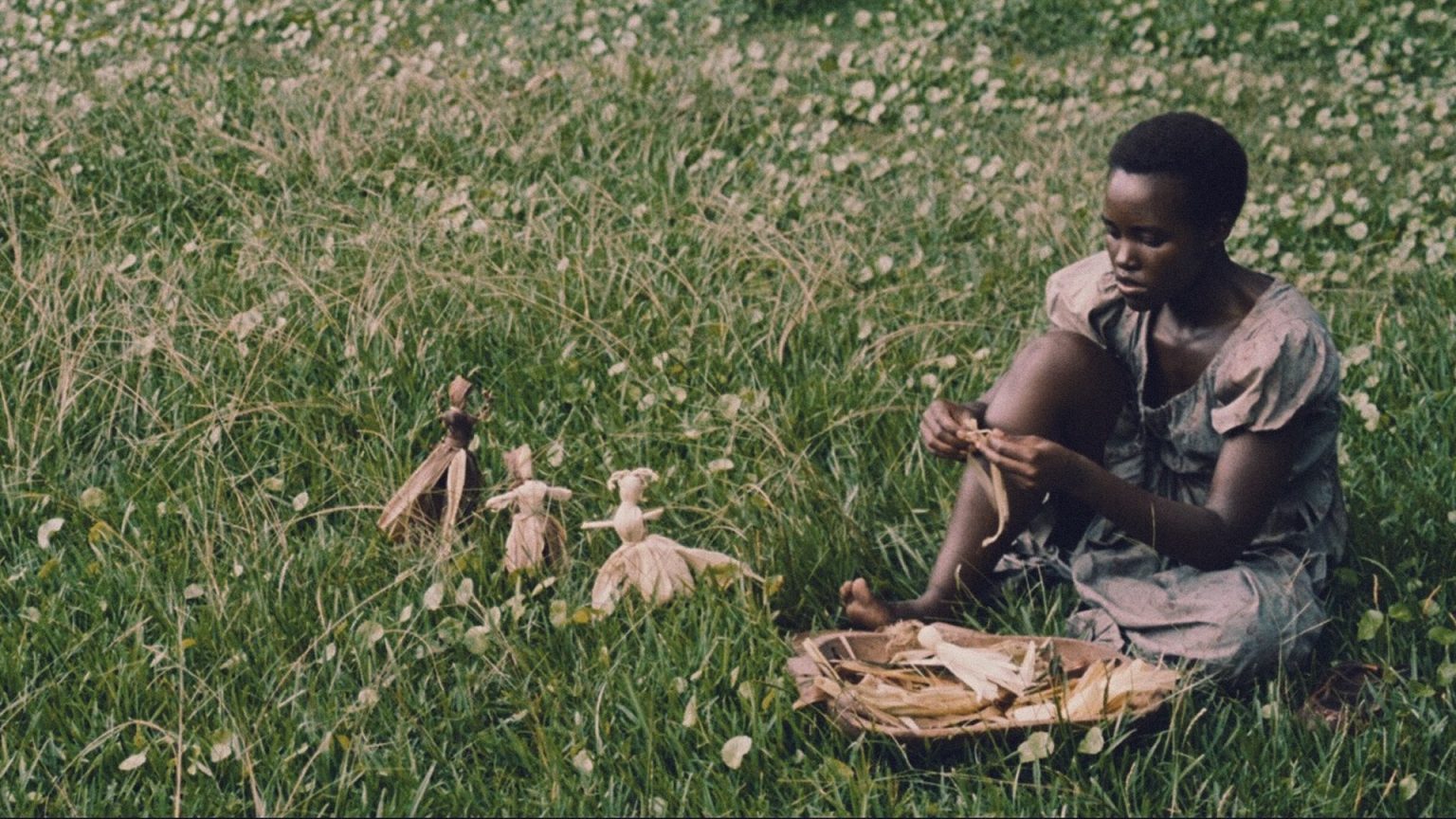In her opening monologue for the 86th Annual Academy Awards in 2014, Ellen DeGeneres joked that if 12 Years a Slave did not win Best Picture, the Academy was racist. The joke came at a seemingly simpler time before Trump was President and the Charlottesville violence and #OscarsSoWhite hashtag had yet to go viral on Twitter. The joke landed because everyone knew that if 12 Years a Slave did not win Best Picture, it would have been an active choice to ignore the film’s worthiness of the award for reasons beyond the subject matter. The subject matter, however—an unflinchingly realistic portrait of American slavery—is in service of what makes the film worthy of Best Picture.
Five years after its release, Steve McQueen’s 12 Years a Slave still operates, not only as a historic retelling of Solomon Northup’s life but also as a metaphor for the consciousness of “America’s original sin.” While there are scenes in the film that emphasize the movement of the camera, McQueen, and cinematographer Sean Bobbitt’s use of long, static shots works to capture the blatantly brutal and quietly sinister facets of slavery. The film itself opens with a static shot of a group of slaves staring, almost blankly, in subdued exhaustion, as they are instructed on how to properly harvest sugar cane. McQueen uses the locked-off shot to reinforce the unrelenting suffering of his characters: Waiting on the docks to be taken to auction; waiting to be evaluated on the basis of how much cotton they picked; waiting, after a painful beating, for the night to end. But the most visually arresting and devastating of all these moments is Solomon waiting to be unbound from a tree.
In this sequence, the audience must endure nearly four minutes of Solomon hanging from a tree branch with only his toes keeping him from suffocation. He gags on his own spit while gasping for air. He is offered a brief reprieve, and water, by a brave woman, but his relief is short-lived. Soon after, he is again straining to stay on his tiptoes as the plantation mistress watches for a moment, with seemingly no regard for his struggle.
This brutal display is juxtaposed with the calm and quiet setting of the Southern plantation on which Solomon works. In the foreground, there is suffering. In the background, there is a serene pastoral beauty. The contradiction of these two perspectives—one of pain, and one of tranquility—parallels the United States’ history and culture. Times of relative peace and prosperity exist alongside brutal genocide, enslavement, and torture.
Ultimately, this sequence in 12 Years a Slave creates a “moving photograph” that functions much like human memory. There are times when the agonizing foreground is in focus. There are times when the beautiful and peaceful background is in focus. Both experiences, however, must exist in the same space. Here, McQueen captures the often-contradictory experience that characterizes the act of remembering: Memory is subjective. While some may only be able to recall the background (their joy and coexistence), others relive the foreground (their pain) over and over again. Effectively, one cannot exist without the other.
This is not the only way in which 12 Years a Slave behaves like memory. In the film, many days and events blur together for Solomon, just as much of the United States’ history is a blur of decades. But then there are those moments that seem to last forever, moments that refuse to be forgotten and are thus re-experienced over and over. When Solomon finally arrives back home, he realizes that his family’s memory of him is now inconsistent with who he has become. In the film’s final shot, he stares out blankly, seemingly unable to escape the painful memories of his enslavement and enjoy the relief of freedom without considering what it took to get there.
If 12 Years a Slave is a memory of a not-so-distant past in the United States, it is also a reminder that cultural memories both contradict and coexist. So, as we observe Emancipation Day in Washington D.C., let us also acknowledge that it is a reminder of the painful history out of which this country was born. Let us do so with relief that things have changed while taking stock of what it took to get there.




